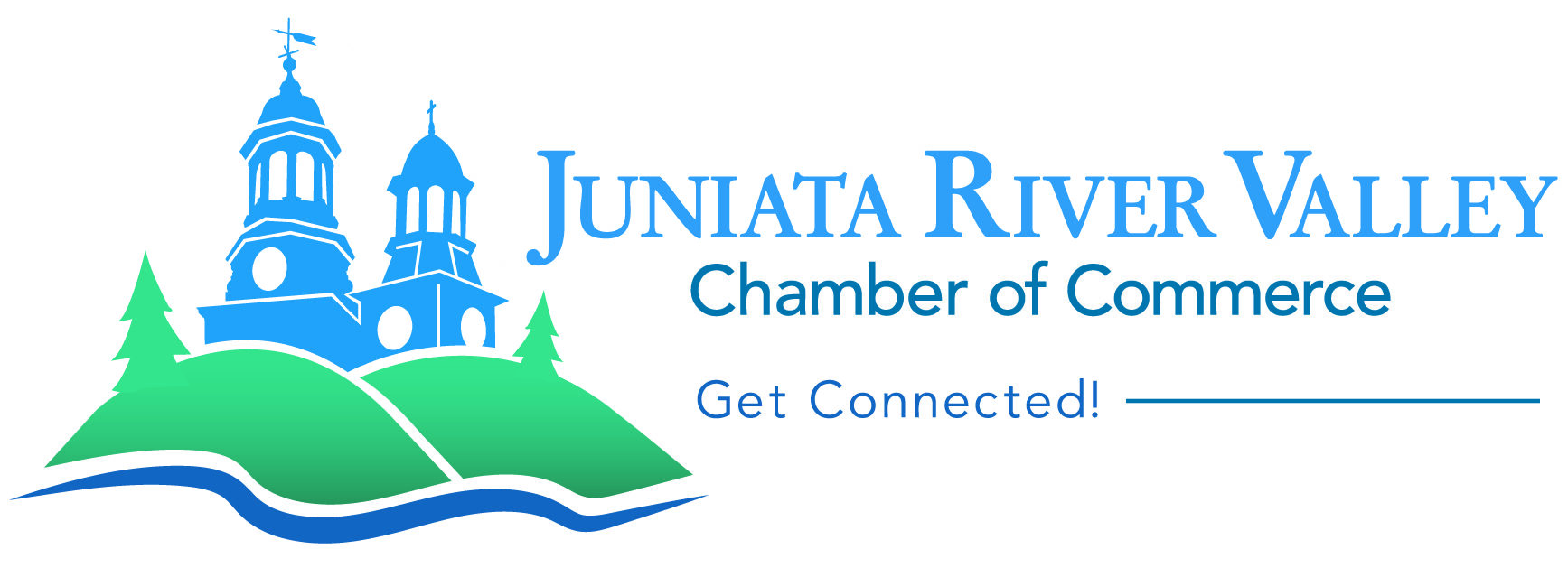The Charm and Quirk of Ireland
It will probably come as no surprise that Ireland boasts over 7,000 pubs—more than the number of elementary schools! Many of these establishments have been around for centuries, serving as community gathering spots where locals meet for music, dancing, and good conversation (known as “craic”). On a visit to Northern Ireland a few years ago, I had the chance to experience this firsthand. The energy was contagious, with impromptu music, friendly conversation, a bit of broken glass, and, of course, plenty of Guinness and Irish whiskey flowing.
One of America’s most beloved spooky holidays originated in Ireland. The Celts believed that on October 31st, the barrier between the living and the dead was at its weakest, allowing spirits to cross over. To ward off the evil ones, they lit bonfires and wore disguises—customs that evolved over time into the Halloween traditions we know today.
Some of the most iconic government buildings in the United States owe their design to an Irishman. James Hoban, a Dublin-trained architect, immigrated to the U.S. in the late 1700s. President George Washington was so impressed with his work that he encouraged him to enter the 1792 competition to design the President’s residence. Hoban’s Georgian-style blueprint won, leading to the construction of what is now the White House. He was also instrumental in the design of the U.S. Capital.
If you want to impress your friends at your next St. Patrick’s Day party, try pronouncing the longest town name in Ireland: Muckanaghederdauhaulia. Located in County Galway, this 22-letter wonder translates to “ridge, shaped like a pig’s back, between two expanses of briny water.” Given its length and specificity, one can’t help but wonder if the name was inspired by a lively night at the local pub!
Every August, the town of Killorglin in County Kerry hosts one of the oldest and most unusual festivals in all of Ireland: the crowning of a wild mountain goat as king. This centuries-old tradition, known as Puck Fair (puck means male goat), involves music, dancing, and, naturally, plenty of drinking. While the origins of this quirky festival remain uncertain, it certainly adds to Ireland’s rich cultural history.
Ireland has its fair share of curious laws—some still technically enforceable, though rarely acted upon. For instance, in Carlingford, County Louth, it is illegal to harass a leprechaun. They are said to be tricky and vengeful if disrespected so if you happen to spot one, you best move along!
And here’s a truly bizarre one: there is a law which states that drivers are supposed to carry a bale of hay in their car—a carryover from the days when horses and carts were the primary mode of transportation. Although never enforced, it certainly would be entertaining to see this practiced on modern-day Irish roads.
For those looking to sell potatoes, be aware that under the Casual Trading Act of 1995, you must stop selling them on the streets after 8 p.m. However, as of now, there have been no recorded arrests for late-night spud sales!
I hope you’ve enjoyed exploring the quirky side of Ireland and will remember that it’s a country rich in fascinating history, cherished traditions, and delightful oddities. Whether you’re toasting with a pint of Guinness on St. Patrick’s Day or sharing these fun facts with friends, take a moment to savor the charm and humor that make Ireland truly unique.
So, raise your glass and toast with a hearty Sláinte (the Gaelic way of wishing good health)!
Rhonda S. Kelley, Executive Director
Juniata River Valley Chamber of Commerce

